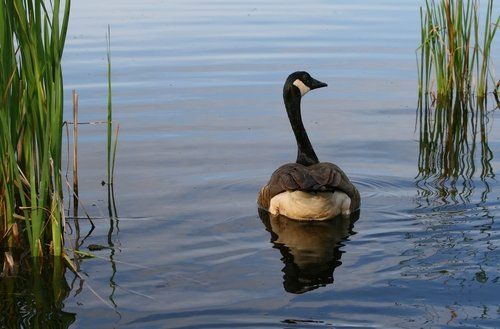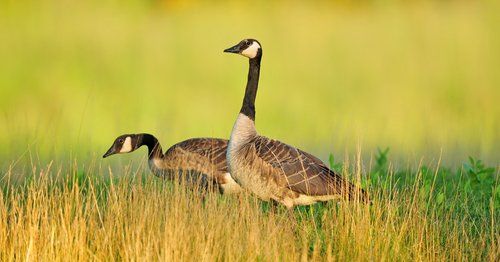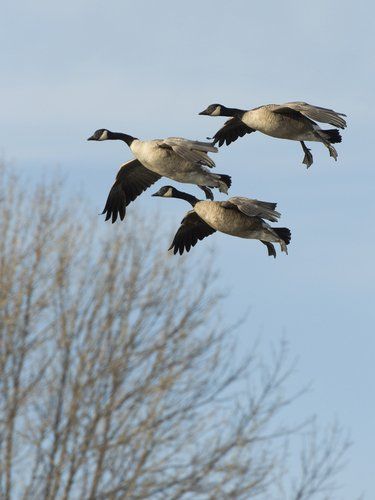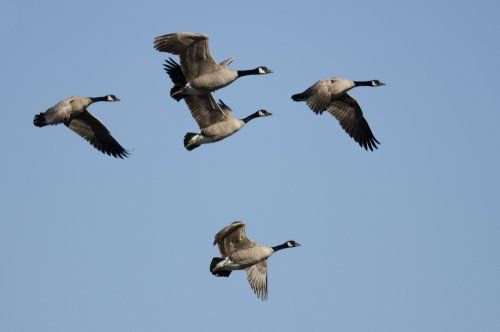Island of CommitmentPlan Through Commitment
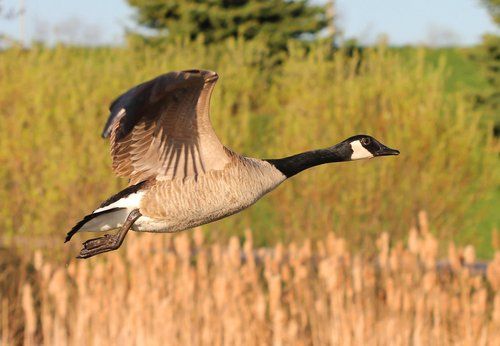
Valdepa /VAL-duh-pah/ Value creates Desire and Produces Power to Achieve
- Live by sound values congruent to achieving inner harmony.
- Build organizations around these values as the foundation for a culture of cooperation, collaboration, and community.
- The degree of value I place on any attainment determines the degree of desire and power available to attain.
- Value maintains motivation.
- Value develops personal and professional vision.
Recommended Path:
1
2
- The greater the perceived value, the more power behind your commitment to follow through!
- Develop motivation toward desired outcomes through values and standards congruent to your vision.
- Listen to Valdepa the Canada Goose.
- Record your thoughts and impressions.
- How can you explain the words ‘value’ and ‘desire’?
- Read the Canada goose facts.
- After reading the animal facts and listening to the song, how can you liken the Canada goose to Valdepa (Value creates desire that produces the power to achieve)?
- Make a list of things you value most in your life. Then, make a list of where and how you spend your time.
- How do these two lists compare?
- Are your current projects worthy of your time and attention?
- If value creates the desire that produces the power to achieve, how can you expand your sense of value in the things that are most important to you?
- Study what your core books say regarding these things.
- How did this exercise help you to increase the value of things that are important to you?
4
1. Geese can fly 2500 km a day (1500 miles) if they fly together in a “V” formation. That’s 70% farther than they could alone. When the goose in the front grows tired, it moves to the back, and a new leader steps forward.
2. If a goose becomes injured during the flight, two others will accompany the injured goose down to the earth and remain with it until it has recovered or died.
3. To encourage the leader to keep going, geese honk as they fly.
4. Canada geese are monogamous. They are committed to producing offspring with the same mate during their lifetime.
5. A male is called a gander, and a female is called a goose. The gander will stay a few feet away from the nest and the goose to protect them from predators.
6. What else can you learn about the Canada goose?



